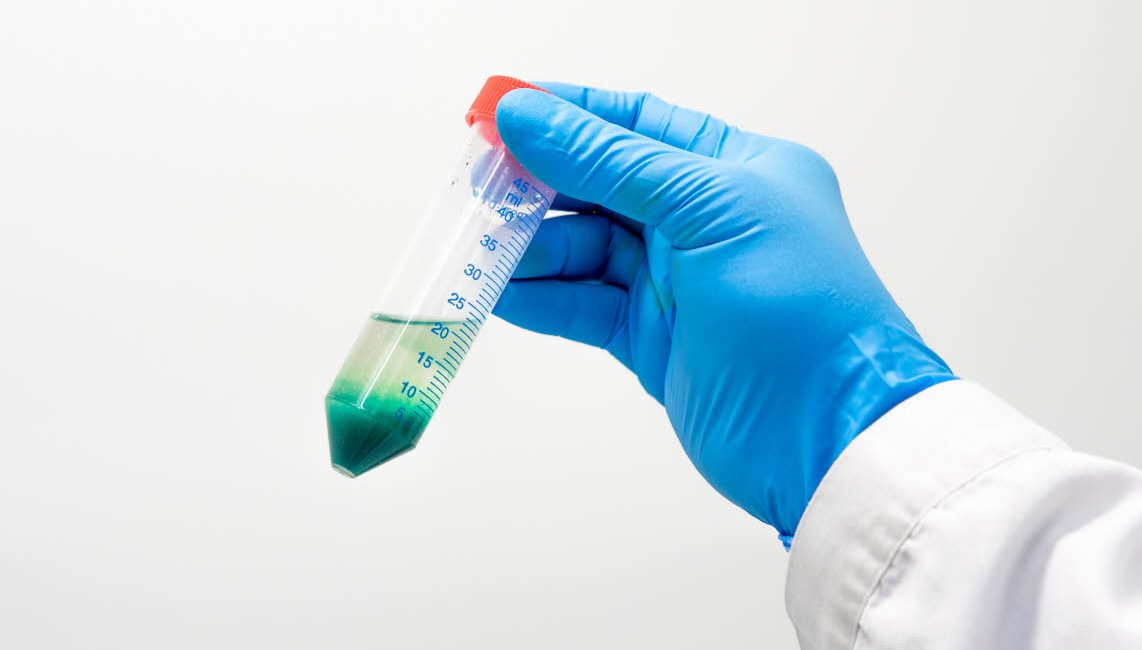| Mar 02, 2023 |
|
|
|
(Nanowerk News) Researchers at Linnaeus University have developed a more environmentally friendly way of retrieving cobalt from used lithium-ion batteries (ACS Omega, “Highly Efficient Recovery and Recycling of Cobalt from Spent Lithium-Ion Batteries Using an N-Methylurea–Acetamide Nonionic Deep Eutectic Solvent”). With a liquid solvent made of readily available substances, derived from urine and acetic acid, over 97 percent of the cobalt can be recovered. The researchers see good potential for large-scale application.
|
 |
| This is what the cobalt looks like once it has been extracted from lithium-ion batteries. (Image: Joakim Palmqvist)
|
|
Increased demand for lithium-ion batteries in combination with the limited availability of the metals such as cobalt needed to produce said batteries, drives the need for efficient methods for battery recycling.
|
|
Cobalt is one of the main components of modern lithium-ion batteries, which are widely used in electric vehicles and smartphones. Demand for cobalt is strong and only expected to increase in coming years. Still, only a fraction of discarded batteries is today recycled.
|
|
“Today’s methods for recycling cobalt from batteries come with many drawbacks. They require significant amounts of energy and create biproducts that are dangerous for both humans and the environment. With more efficient and environmentally friendly methods, we can reuse a very significant portion of the cobalt that is already in use, instead of mining”, says Ian Nicholls, professor of chemistry at Linnaeus University.
|
Greener battery recycling
|
|
A new method for recycling cobalt developed by Ian Nicholls’ research group moves us towards a greener battery industry. The method addresses two major problems with current recycling: high energy costs and dangerous waste.
|
|
The method involves dissolving the lithium cobalt oxide, a substance used in modern lithium-ion batteries, using a liquid solvent, that separates the cobalt, which can subsequently be used for fabricating new batteries.
|
|
“The solvent is a combination of two readily available substances: a simple derivate of urea, which is naturally occurring in urine, and acetamide, which can easily be retrieved from acetic acid”, explains Subramanian Suriyanarayanan, one of the researchers behind the solvent that Linnaeus University has researched since 2013.
|
Requires less energy
|
|
The main benefit of the new solvent, compared to widely used methods for recycling cobalt, is that the process can take place at much lower temperatures.
|
|
“In our case, the reaction is as most efficient at 180 degrees Celsius. That makes our method much more energy efficient than today’s commercial options, such as pyrometallurgy, which require extreme temperatures, often exceeding 1400 degrees,” says Ian Nicholls.
|
Can work at large scale
|
|
The researchers have extracted over 97 percent of the cobalt from pieces of lithium cobalt oxide that has spent two days in the heated solvent.
|
|
The raw cobalt has then been used to produce new batteries, which in turn have been recycled with maintained effect. New batteries have been constructed in collaboration with researchers at Indian Institute of Technology in Madras, India.
|
|
The researchers at Linnaeus University see the results as a step towards greener battery production.
|
|
“The combination of readily available and relatively harmless substances and high energy efficacy gives our method potential to work for large scale extraction”, says Ian Nicholls.
|


